Regulatory Support and Incentives
Regulatory frameworks in Italy are evolving to support the medical automation market. The Italian government has introduced various incentives aimed at encouraging healthcare facilities to adopt automated solutions. These include tax breaks and funding programs for hospitals that implement advanced technologies. As a result, healthcare providers are more inclined to invest in automation, which is expected to increase the market size by approximately 20% over the next five years. Additionally, the European Union's focus on digital health initiatives further bolsters this trend, providing a conducive environment for the medical automation market to thrive. This regulatory support is crucial for fostering innovation and ensuring compliance with safety standards.
Increased Focus on Patient-Centric Care
The medical automation market is also being driven by a heightened emphasis on patient-centric care in Italy. Healthcare providers are recognizing the importance of personalized treatment plans and improved patient engagement. Automation technologies, such as telehealth platforms and patient management systems, facilitate better communication and follow-up care. This shift towards a more patient-focused approach is expected to enhance patient satisfaction and outcomes, potentially increasing the market's growth by 25% in the coming years. As healthcare systems strive to meet the evolving expectations of patients, the integration of automation becomes essential in delivering high-quality care. This focus on patient-centricity is reshaping the dynamics of the medical automation market.
Technological Advancements in Healthcare
The medical automation market in Italy is experiencing a surge due to rapid technological advancements. Innovations in robotics, artificial intelligence, and machine learning are transforming healthcare delivery. For instance, the integration of AI in diagnostic tools enhances accuracy and efficiency, potentially reducing diagnostic errors by up to 30%. Furthermore, automation in surgical procedures is becoming commonplace, leading to shorter recovery times and improved patient outcomes. The Italian healthcare system, which is increasingly adopting these technologies, is projected to allocate approximately €1.5 billion towards medical automation solutions by 2026. This investment reflects a commitment to enhancing operational efficiency and patient care, thereby driving growth in the medical automation market.
Rising Healthcare Costs and Efficiency Needs
The escalating costs of healthcare in Italy are prompting a shift towards automation in the medical sector. As healthcare expenditures continue to rise, estimated to reach €200 billion by 2026, there is an urgent need for cost-effective solutions. Automation can streamline operations, reduce labor costs, and minimize errors, thereby enhancing overall efficiency. Hospitals and clinics are increasingly investing in automated systems to manage resources better and improve patient throughput. This trend is likely to drive the medical automation market, with projections indicating a growth rate of 18% over the next few years. The focus on cost containment and efficiency is reshaping the landscape of healthcare delivery in Italy.
Aging Population and Increased Healthcare Demand
Italy's aging population is a significant driver of the medical automation market. With over 23% of the population aged 65 and older, there is a growing demand for efficient healthcare solutions. Automation in medical processes can alleviate the burden on healthcare professionals, allowing them to focus on patient care rather than administrative tasks. The market is projected to grow by 15% annually as healthcare providers seek to enhance service delivery for the elderly. Furthermore, automated systems can improve the management of chronic diseases, which are prevalent among older adults. This demographic shift necessitates innovative solutions, positioning the medical automation market as a vital component of Italy's healthcare strategy.


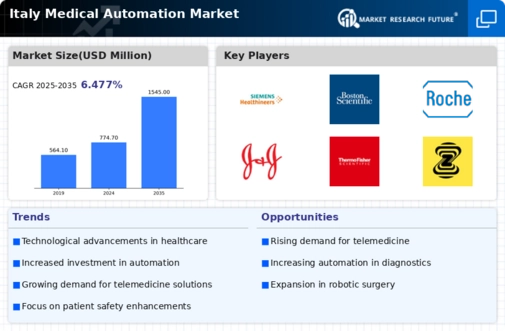
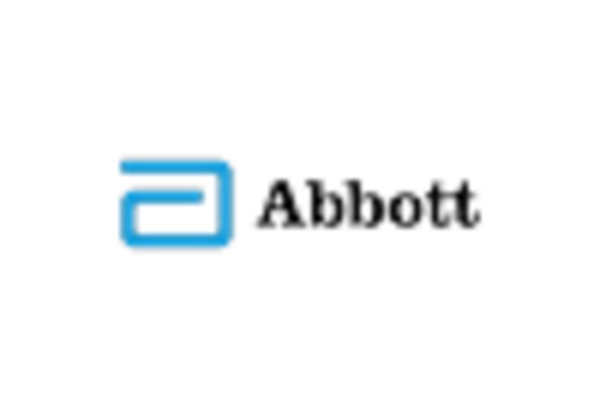

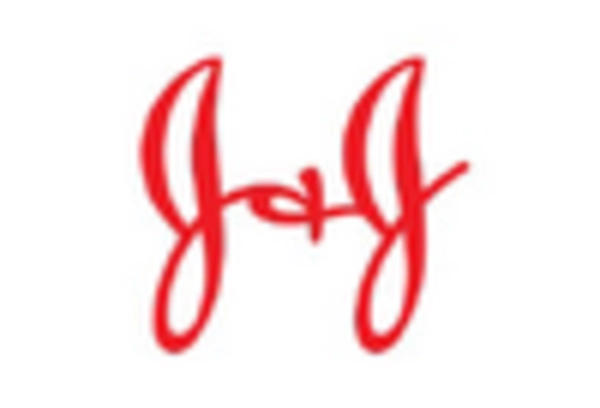
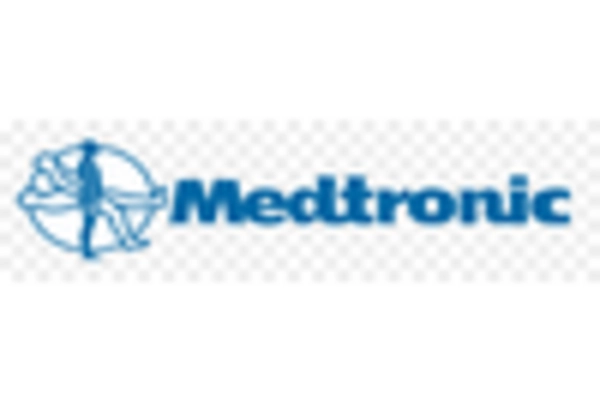
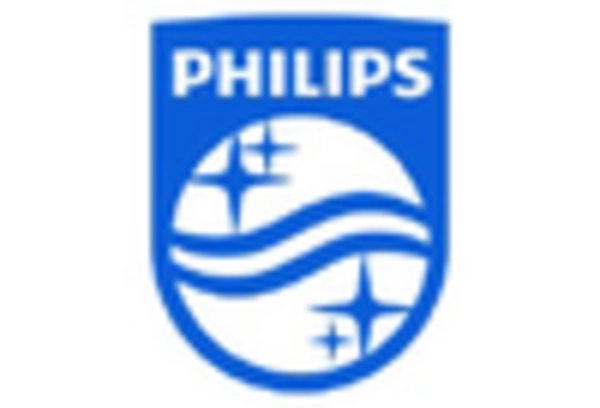
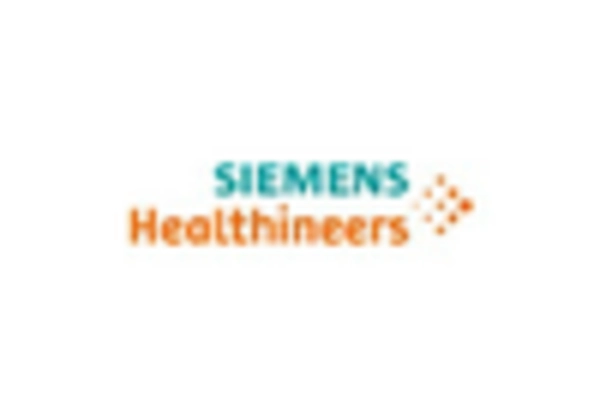








Leave a Comment